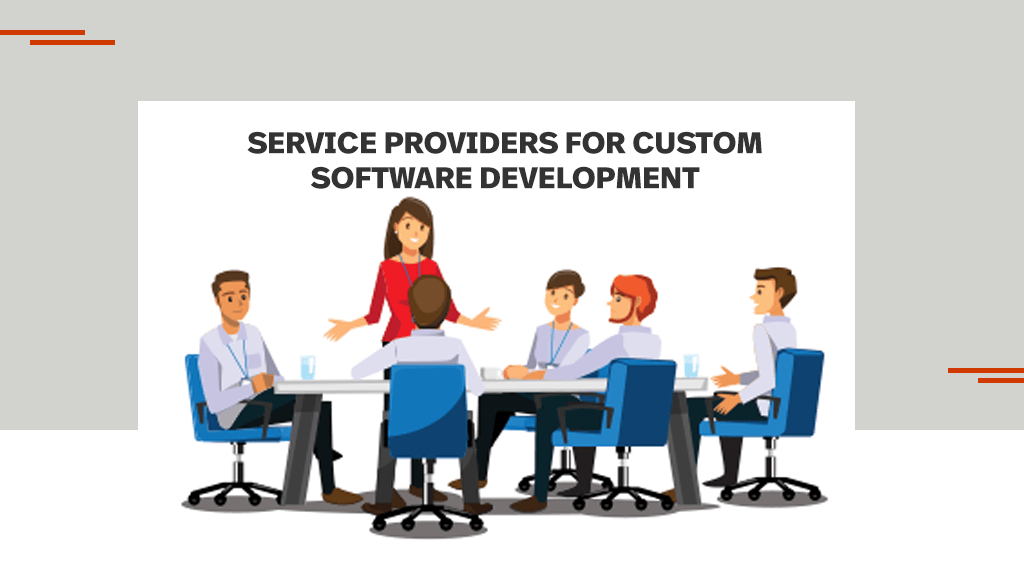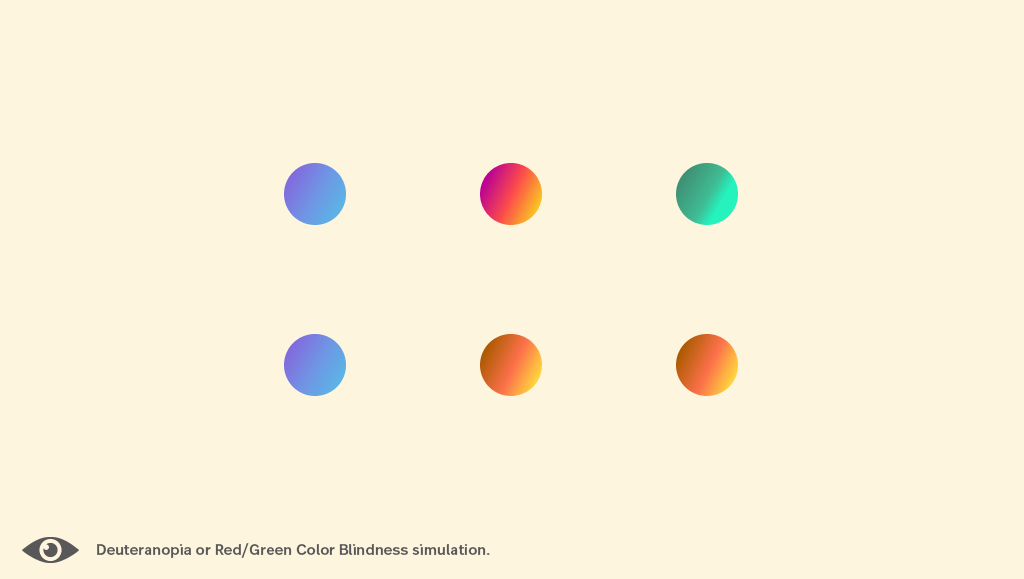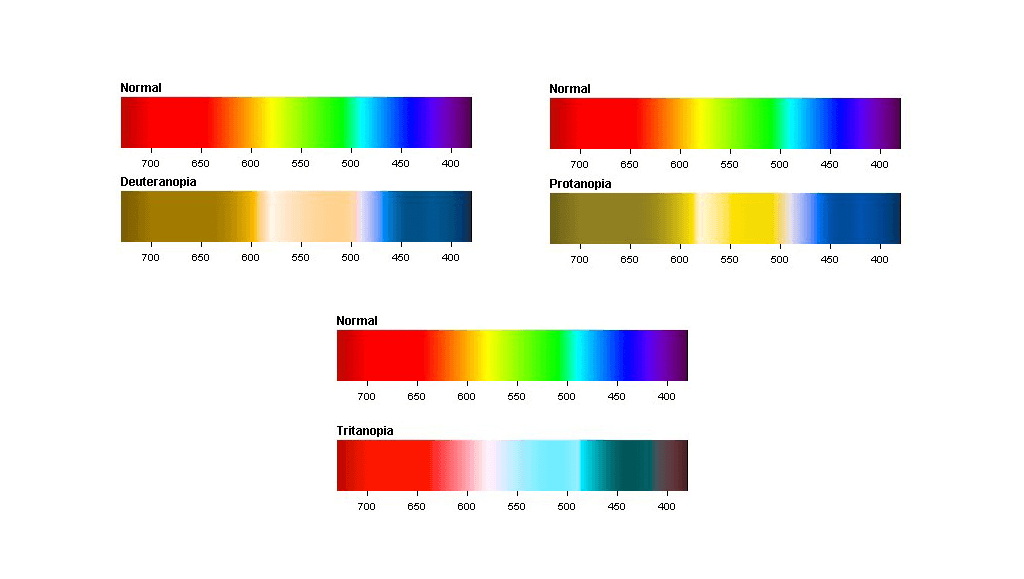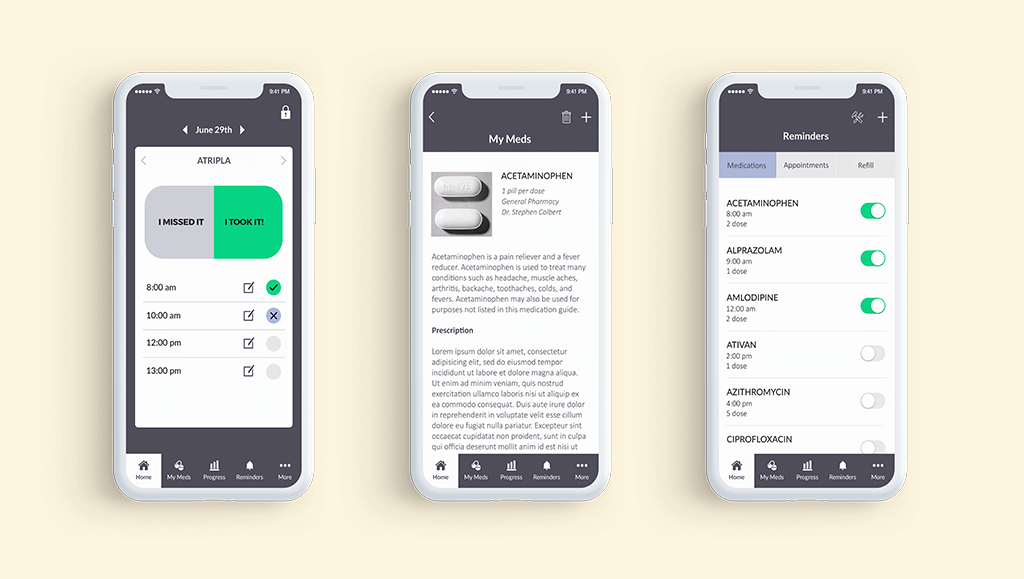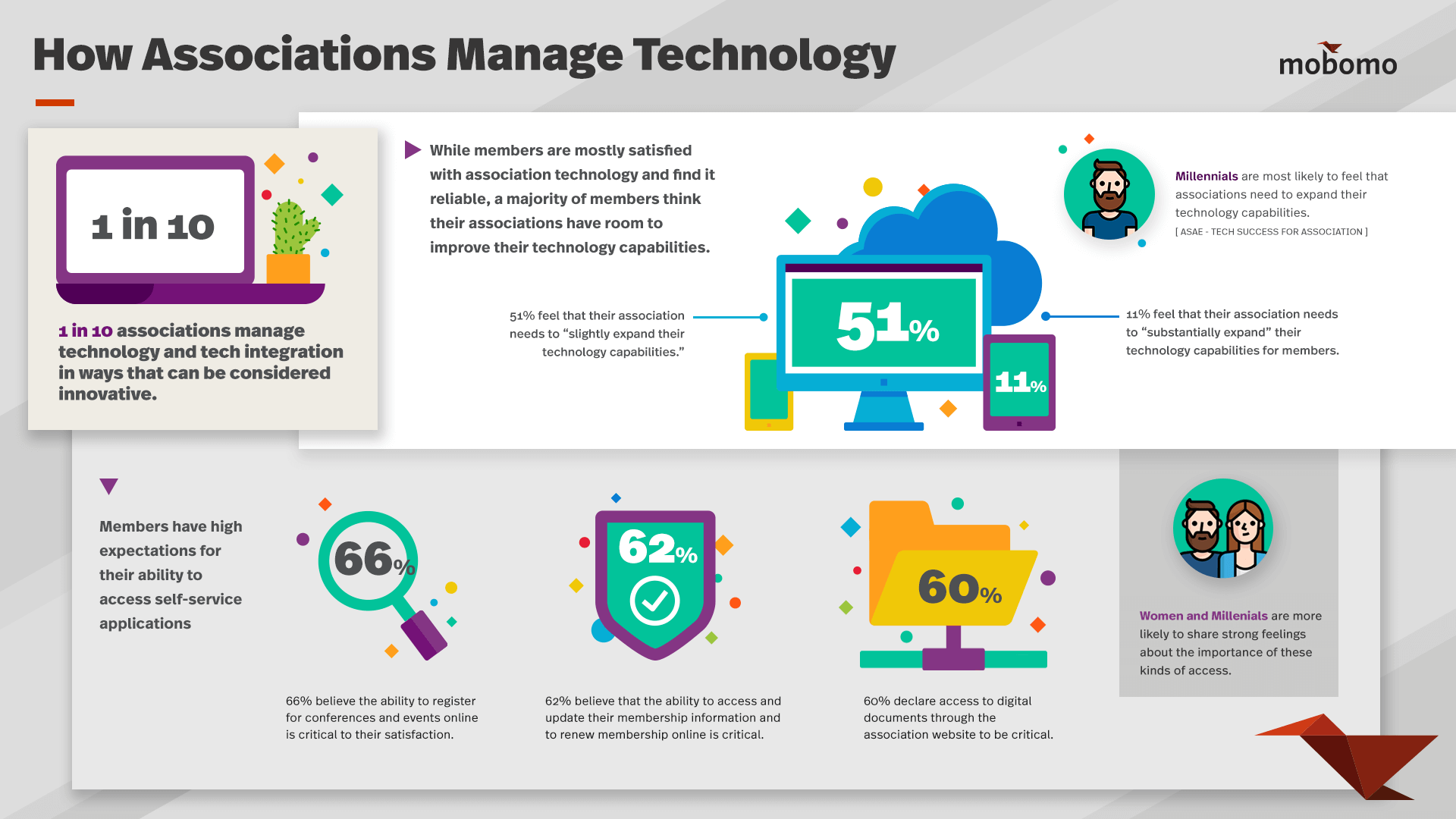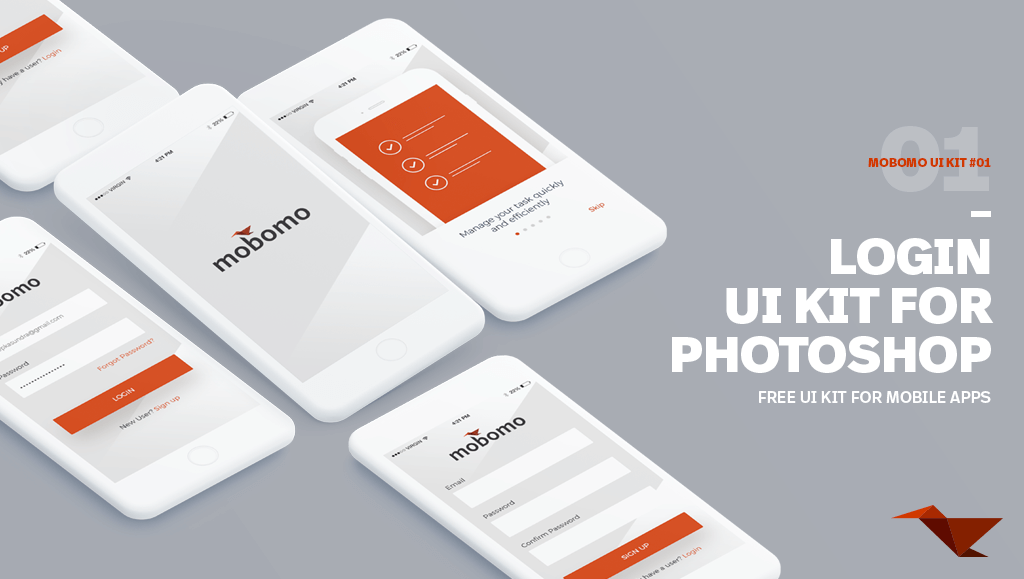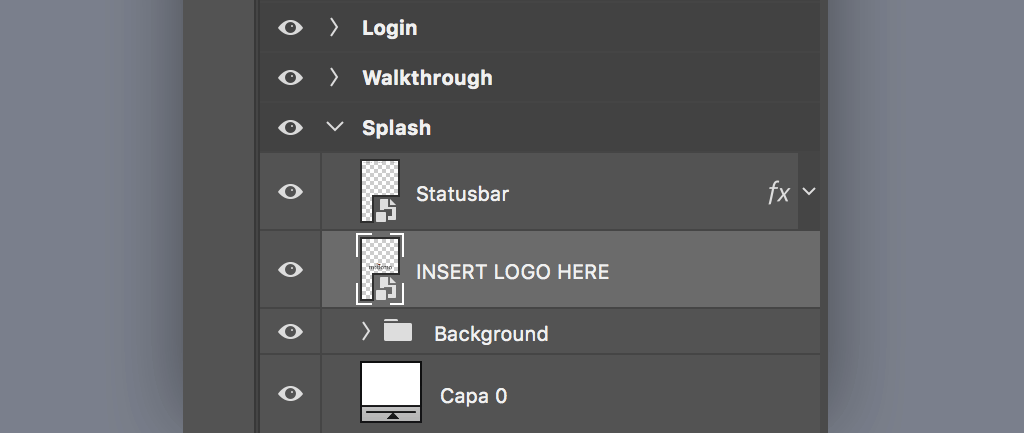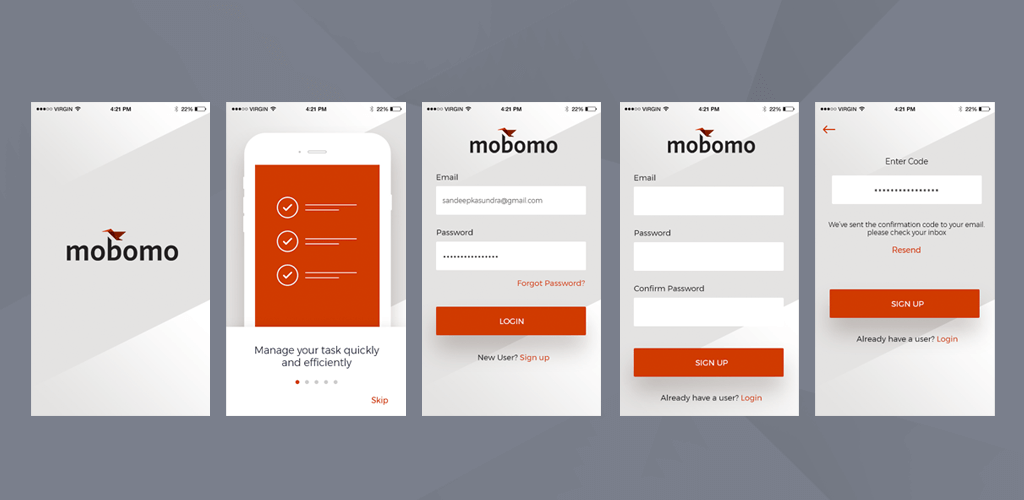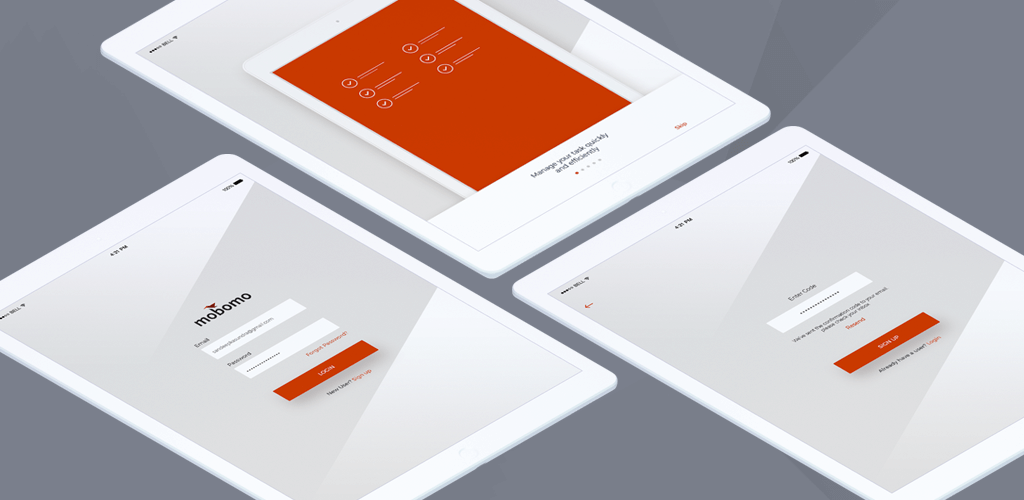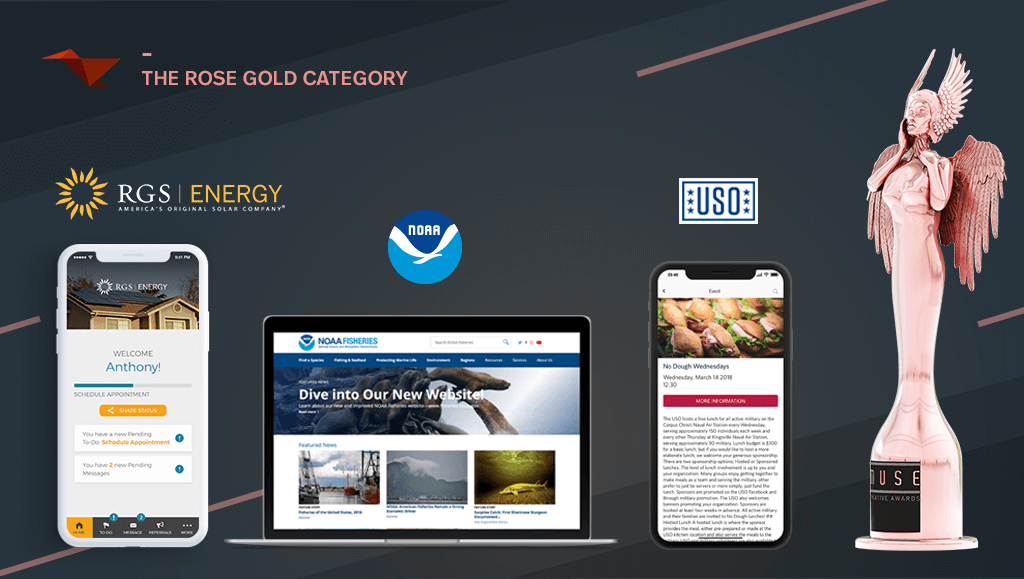
Mobomo Wins Muse Creative Awards
Mobomo is excited to announce that our partnerships with The USO, RGS 365 and NOAA Fisheries have been awarded the Muse Creative Award in the Rose Gold Category. The Muse Creative Awards are “an international competition for creative professionals who possess the unique ability to inspire with a concept, idea, or design - whether through traditional materials or electronic media.” This competition is inspired by the concept of following your inner muse which pushes one to a success and original design. The 2018 theme for the awards is “Rise Together”. This award celebrates designers that push boundaries and defy cultural norms. The idea behind this theme inspires the community to “Rise Together and to improve the world”. “The Muse Creative Awards recognize you – the communicators that touch us all in a universal way – with art and craft that soars.” Mobomo was incredibly excited to honor these partnerships!
The USO
Mobomo was able to recognize the USO and the mobile application that we partnered with them to create. This application fosters greater discoverability of locations where USO provides services and programs offered by the USO through its distributed locations and online. Prior to discovery, USO was seeking to design, develop, and deploy a cross-platform mobile application that introduced an additional channel for United States military service members and their families to better engage with USO centers and programs. Currently, there are 200+ USO locations that all create their own content. We were able to pull the CMS data and integrate it into the app so that the service member receives the content from the service center that they are physically at or that is most adjacent to them.
RGS 365
In addition, Mobomo also submitted the web, iOS, and Android application that we worked with RGS 365 to create. RGS 365 is a provider of solar, storage and energy services. RGS sells, designs and installs solar energy systems for small businesses and residential homeowners. RGS approached Mobomo with the need to transform their complex sales, installation and service processes into a simplified, uniform software solution for their employees and customers. The app was to allow a customer to navigate through the sales phase, track progress through their installation phase, and finally submit service requests and track their money savings post-installation. RGS continues to work with Mobomo to add features as needed and iterate on existing features. Customers are already using the application, and submitting feedback to further improve and grow the program. Within the next year, RGS hopes to reduce cancelled appointments, increase sales and efficiency within their processes using Solar 365.
NOAA Fisheries
Lastly, Muse had created an additional category specifically for government entries and we chose our work with NOAA Fisheries to be showcased within this new category. Mobomo partnered with National Oceanic Atmospheric Administration (NOAA) National Marine Fisheries Service (NMFS), or NOAA Fisheries, to assist in restructuring and redesigning their digital presence. NOAA Fisheries as a whole covers many areas of information dealing with marine life. Each of the 10 core properties containing up to 10,000 pages and 5,000 pdf files. Together, we worked with 50+ stakeholders to discover the inconsistency in their content and workflow. We then created ways to automate their content and move it over to a more tag driven system.




